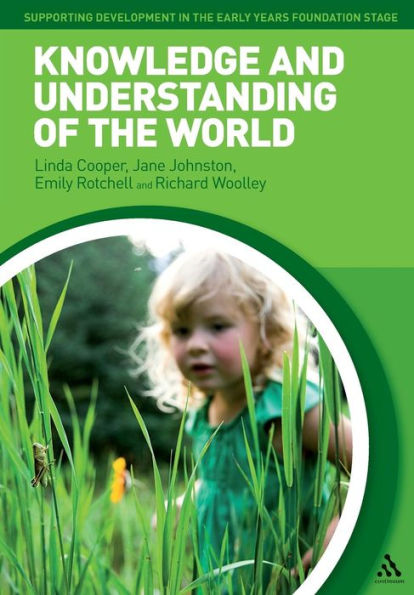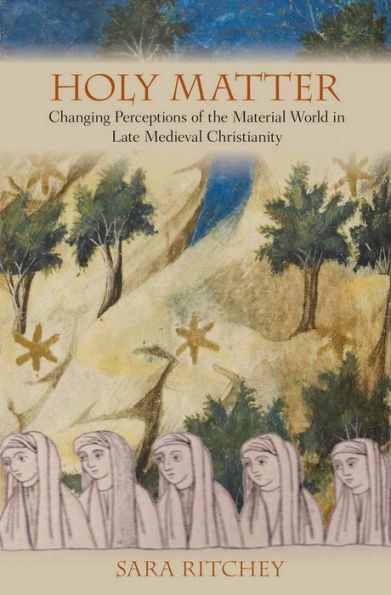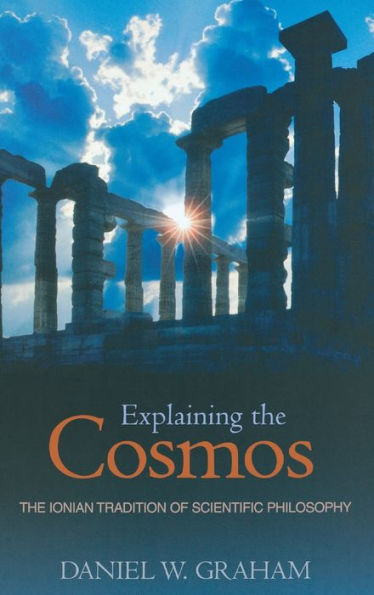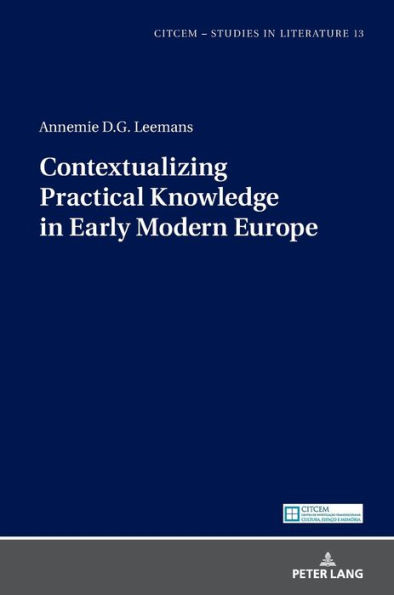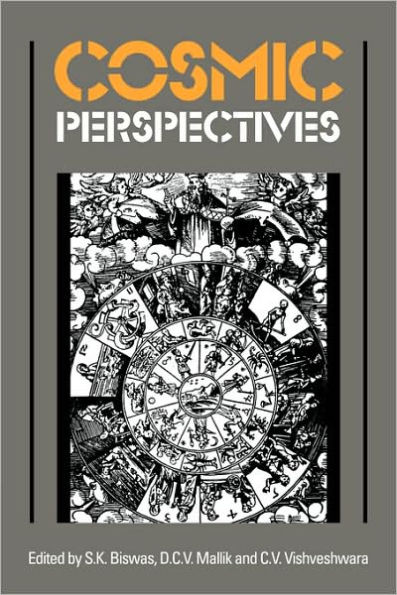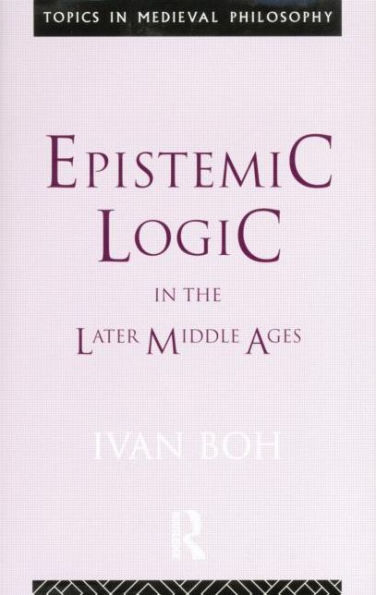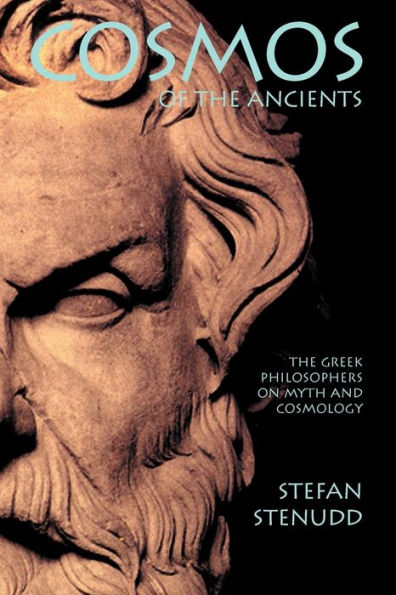Home
Knowledge and Cosmos: Development Decline of the Medieval Perspective
Loading Inventory...
Barnes and Noble
Knowledge and Cosmos: Development Decline of the Medieval Perspective
Current price: $38.99


Barnes and Noble
Knowledge and Cosmos: Development Decline of the Medieval Perspective
Current price: $38.99
Loading Inventory...
Size: Paperback
*Product Information may vary - to confirm product availability, pricing, and additional information please contact Barnes and Noble
The teleological explanation, prevalent in Aristotle’s natural philosophy, posited “final causes” (ends or goals toward which objects strove or attempted to become). Ancient classical atomists had emphasized strictly mechanical explanations, invoking direct material contact and collision of moving matter as agents of physical change. Traditions of astrology, magic, and alchemy embraced an occultist pattern of interpretation—citing hidden forces opaque to both sensual detection and rational understanding as explanations of various phenomena. Finally, the mathematico-descriptive approach interpreted natural phenomena according to geometric or arithmetic relationships; unlike the other three, this did not involve causal explanation of a process.
Part I discusses development of the four patterns in the ancient period and their uneasy medieval relationships with each other and with basic Judaeo-Muslim-Christian exigencies of faith. Theory of the heavens follows, including the mathematico-descriptive approach of Ptolemaic astronomy, the teleological and mechanical cosmology of Aristotle, and occultist interpretations of astrologers and magicians. Part I then turns to matter and materiality, discussing differences among the mechanical philosophy of classical atomism, teleological emphases in Aristotle’s material theory, and occultist assumptions of some alchemists. Finally, Part I analyzes conceptions of motion, focusing on Aristotelian interpretations and critical commentaries thereon during the Middle Ages.
Part II relates struggles of leading early-modern figures to adapt new concepts (e.g., Copernicus’ heliocentric astronomy/cosmology, Galileo’s inertial theories of motion, and Kepler’s elliptical planetary orbit) to an allegiance to two or more of the four patterns of interpretation. By this approach, it identifies decreasing dependence on teleological explanation of physical phenomena as crucial to decline of medieval interpretations of those phenomena, followed by rejection of teleology in the natural philosophy of Descartes, and subsequent fruitful confluence of the mechanical, mathematico-descriptive, and occultist patterns in the physics and cosmology of Isaac Newton.


